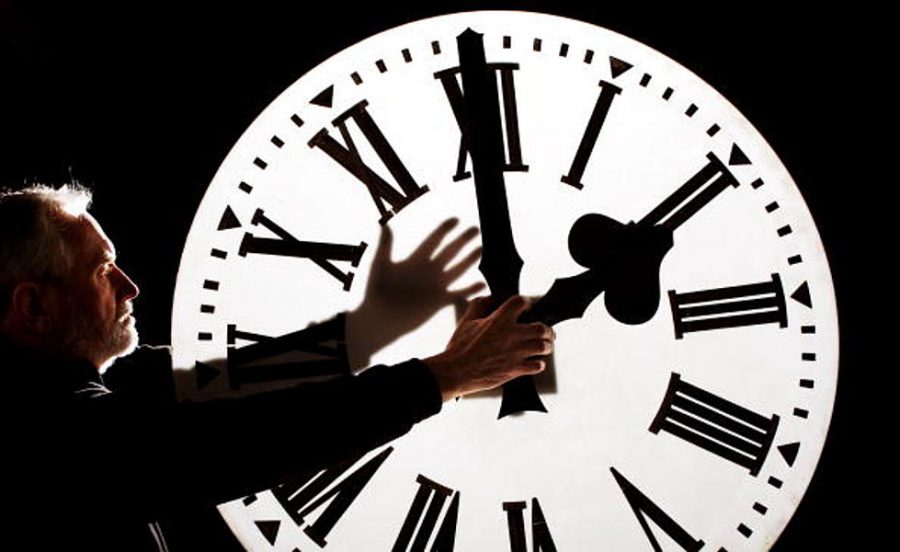Daylight Savings–Time to Go?
November 2, 2020
Daylight savings time–the phenomenon that gives us one day of pure hatred and tiredness a year, and one day of joy and feeling well-rested a year. Its merits have been debated often in recent years.
Firstly, Daylight savings time refers to the period between spring and fall where the clocks have been set ahead. A common misconception is that daylight savings was invented by founding father Benjamin Franklin. However, while Franklin did suggest changing sleep schedules to save money on candles and oil, he is not to blame for the adoption of this system in nations around the world. Instead, the credit for the idea goes to a British builder, William Willett. Willett proposed something similar to the idea to the British government in 1907, claiming that it would improve happiness among the people. Nothing would advance until 1916, after Willett’s death.
Instead of Britain becoming the first country to adopt Willett’s idea, it was their World War I enemy Germany, who introduced the modern system of daylight savings time to conserve energy for the war effort. Shortly after, Britain followed suit, as did many other European countries. The United States implemented Daylight savings in 1918. The reasoning behind all of these decisions was to save energy during wartime, as originally done so by Germany. Currently most European countries follow daylight savings, as does every state in the union with the exception of two.
Yet proposals to change Daylight savings time have grown ever-increasing throughout recent memory. The energy savings have been found to be miniscule, negating the whole reason for its existence in the first place. Studies also show that the impact on mental health is not worth the trouble of going through Daylight savings time, as traffic accidents, heart attacks, workplace injuries, harsh judicial rulings, and crime have been found to go up during the “spring forward” period.
Of course, these trends are reversed once clocks are set back in the fall. According to the Congressional Research Service, forty-five states have proposed legislation to end the clock change since 2015. This would be done either through an exemption from daylight savings time, or a permanent change for that state to daylight savings time. In fact, most of our very own Indiana didn’t observe daylight savings until 2006, meaning some readers may have spent parts of their lives without this phenomenon. Whether or not states let go the clock change will remain to be seen, but one thing is certain–this debate will surely rage on for what looks like a long time to come.


